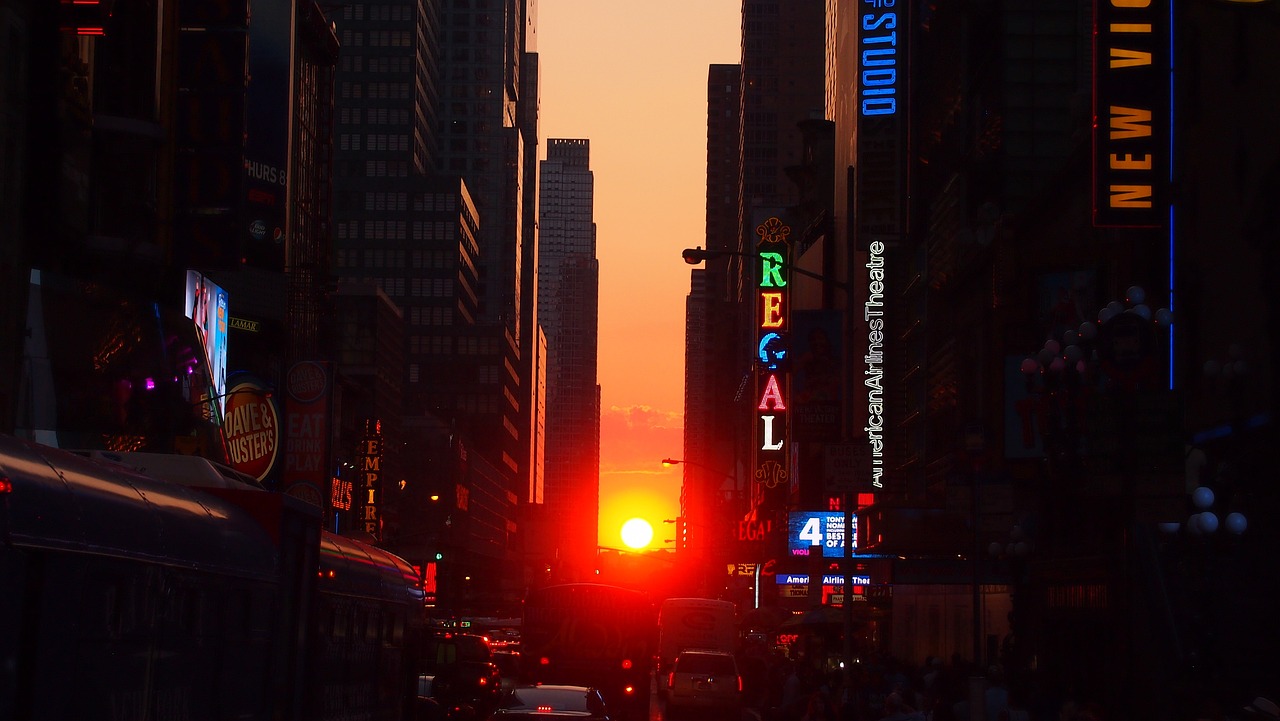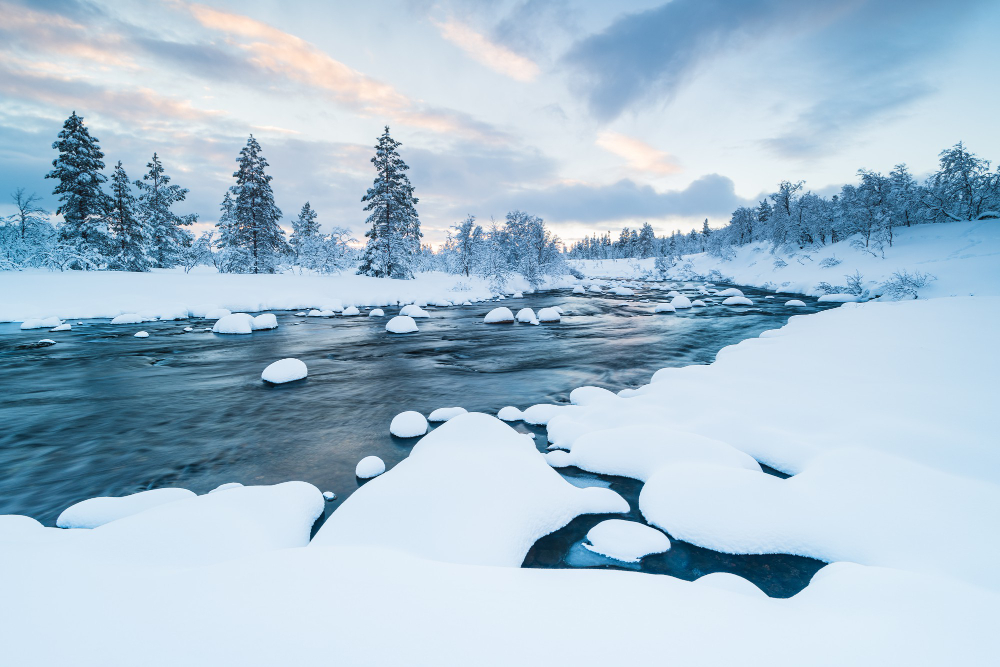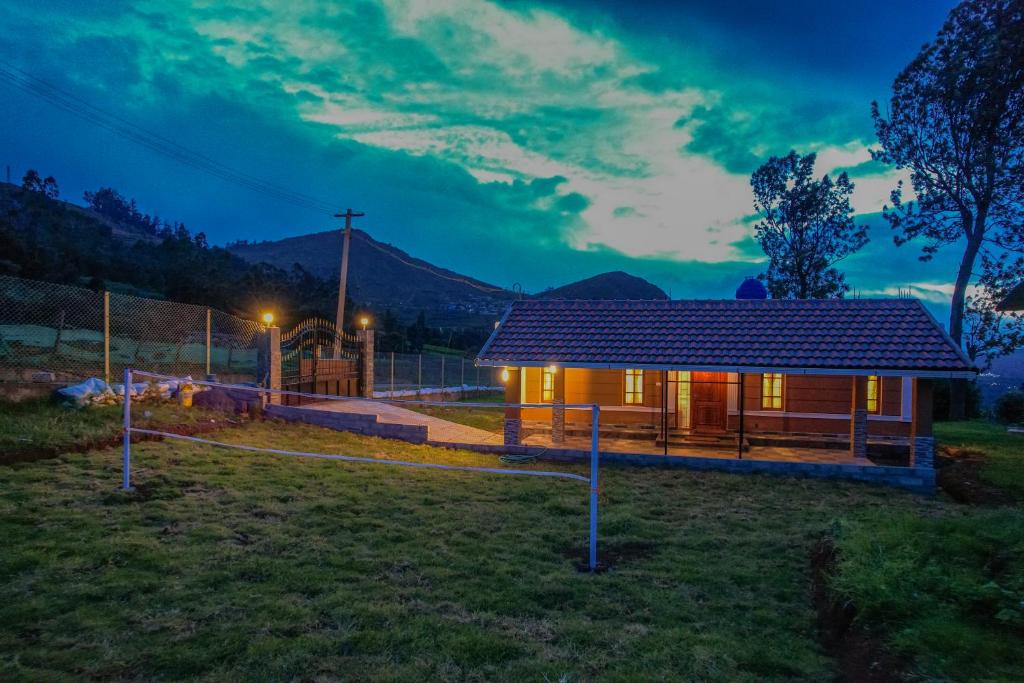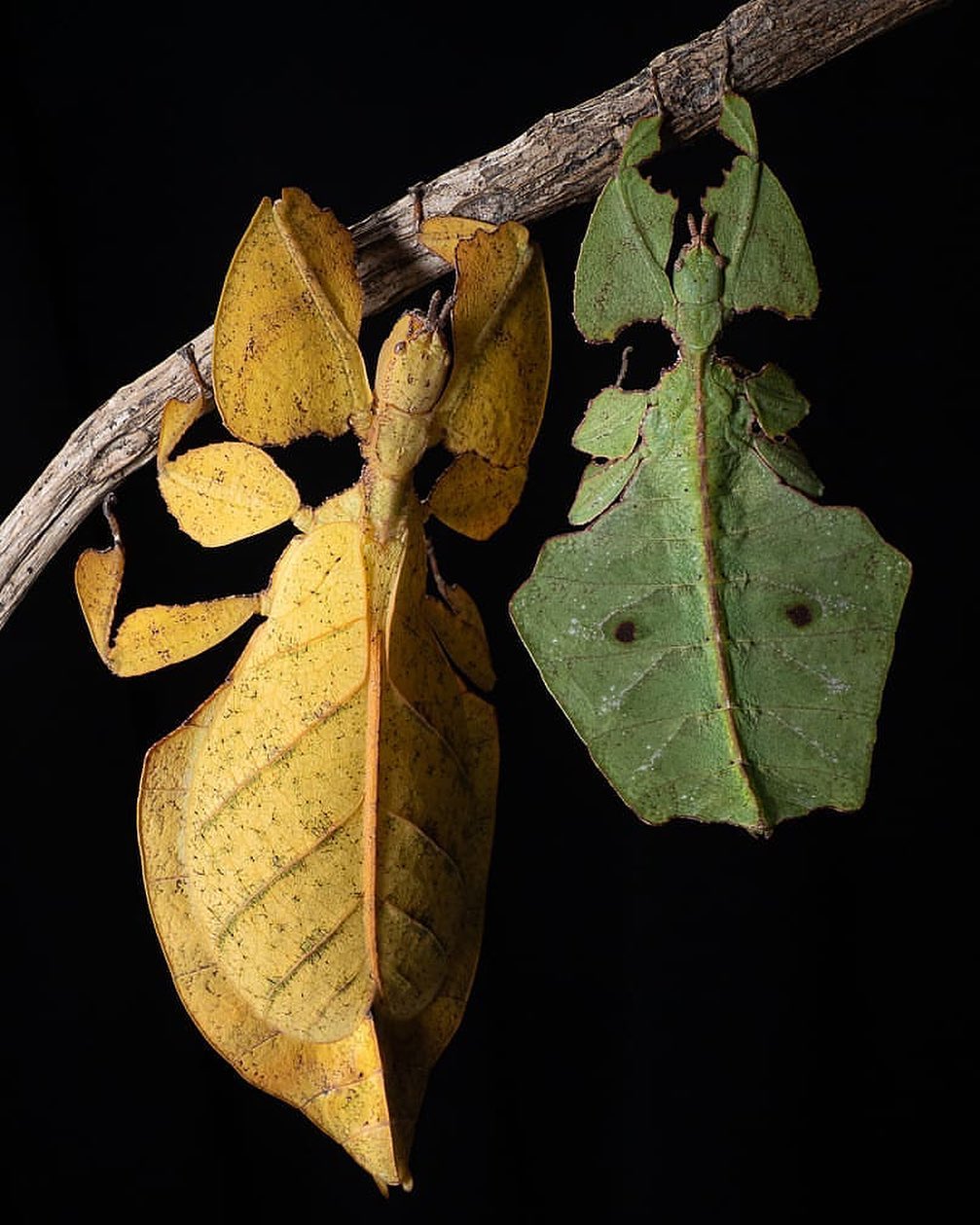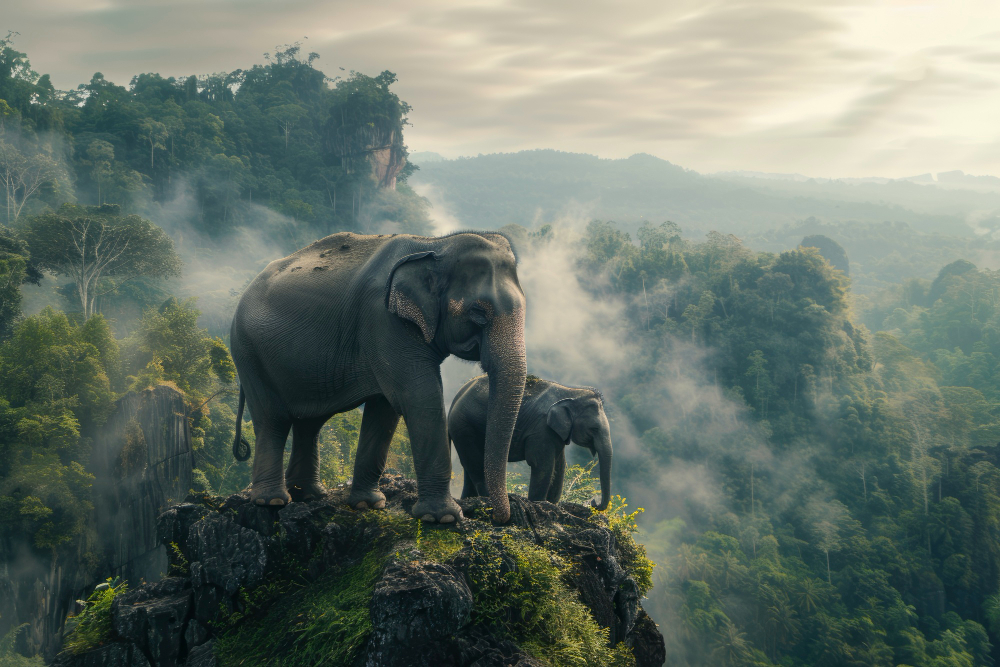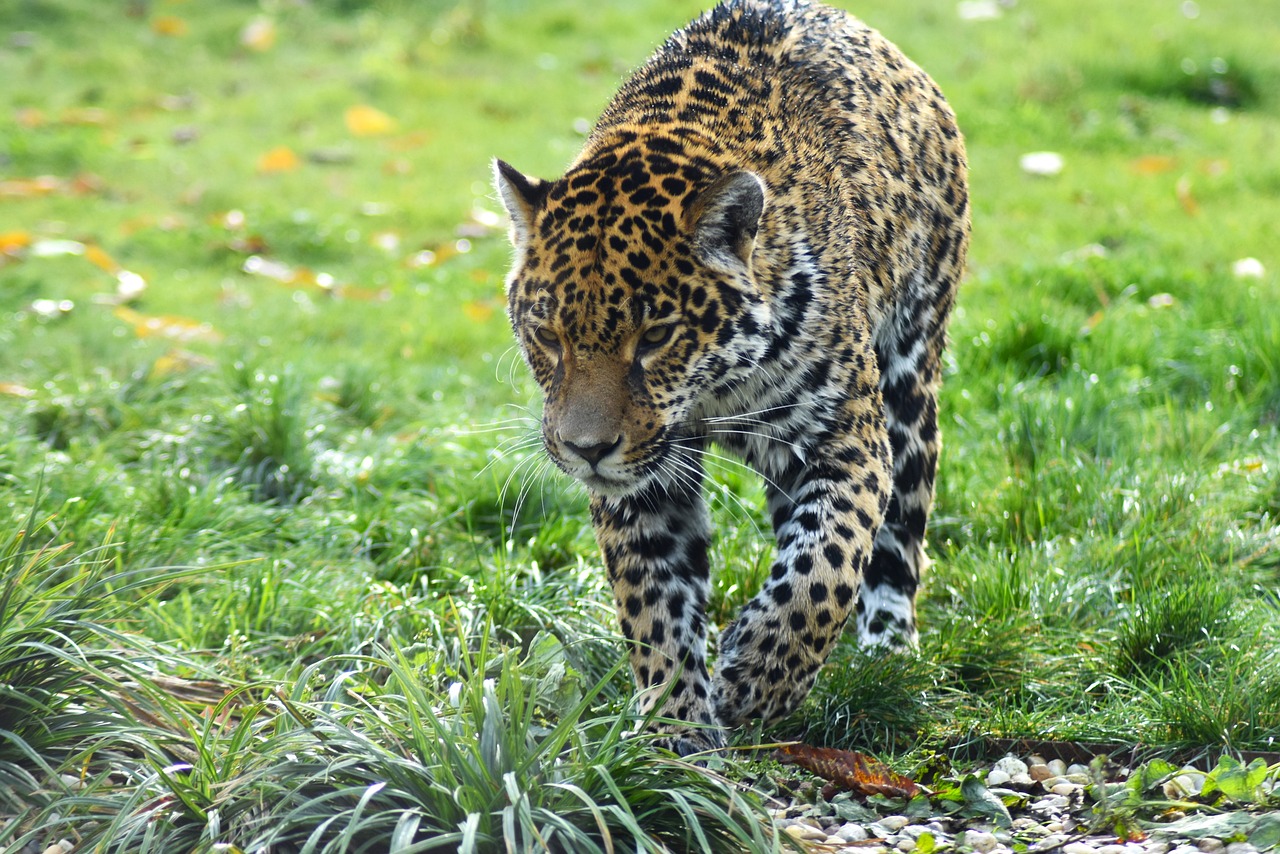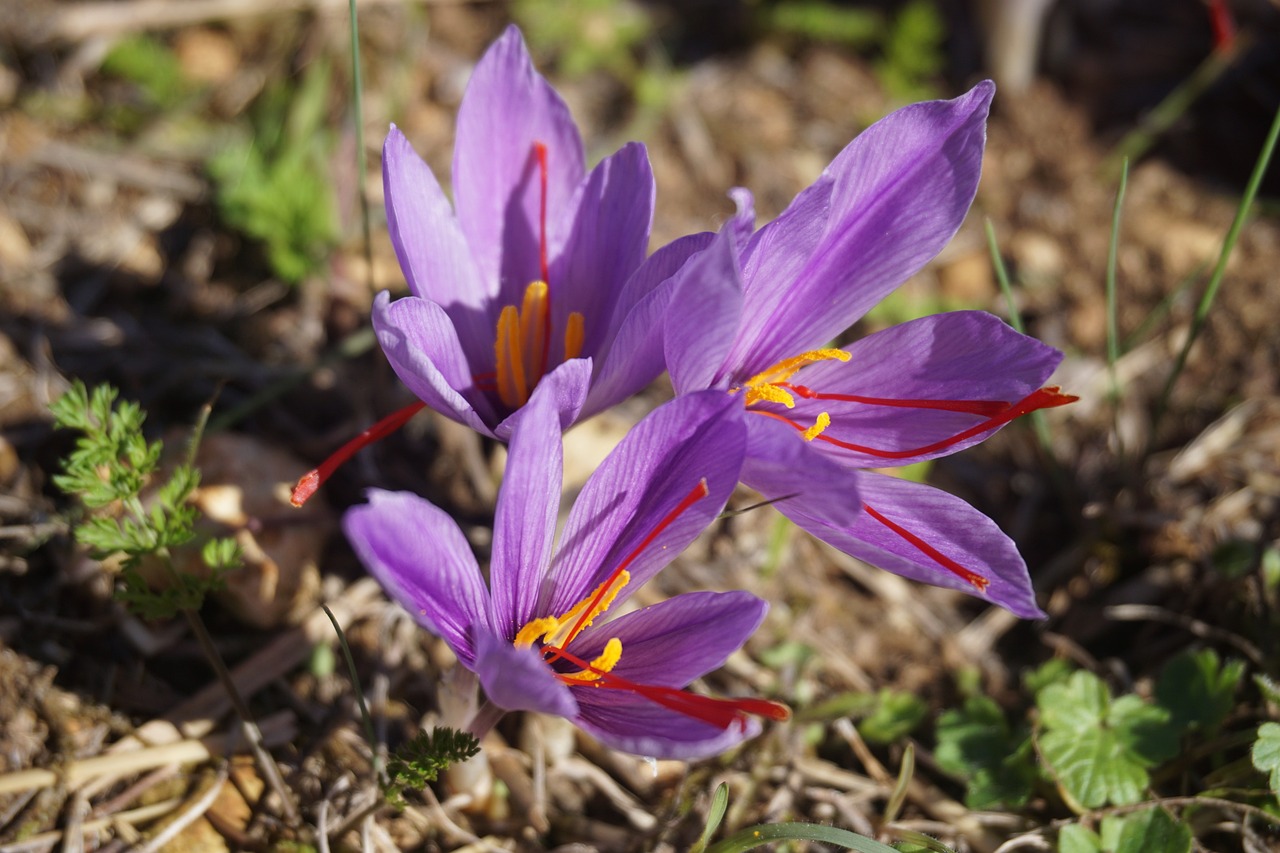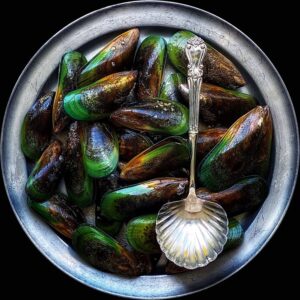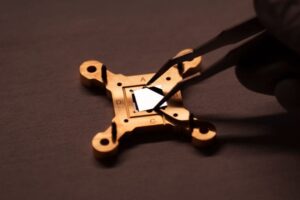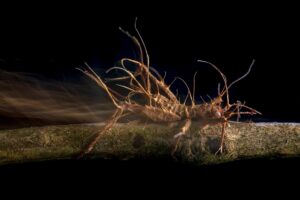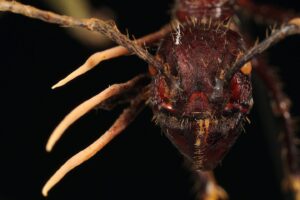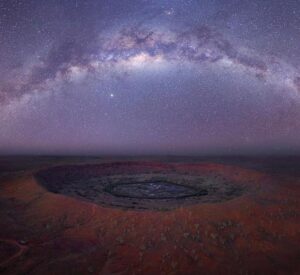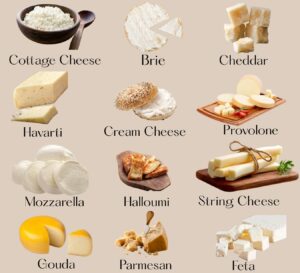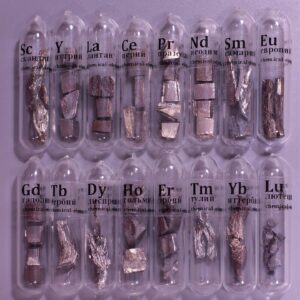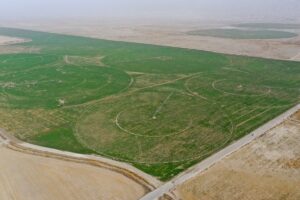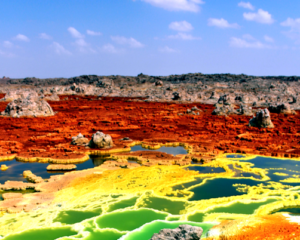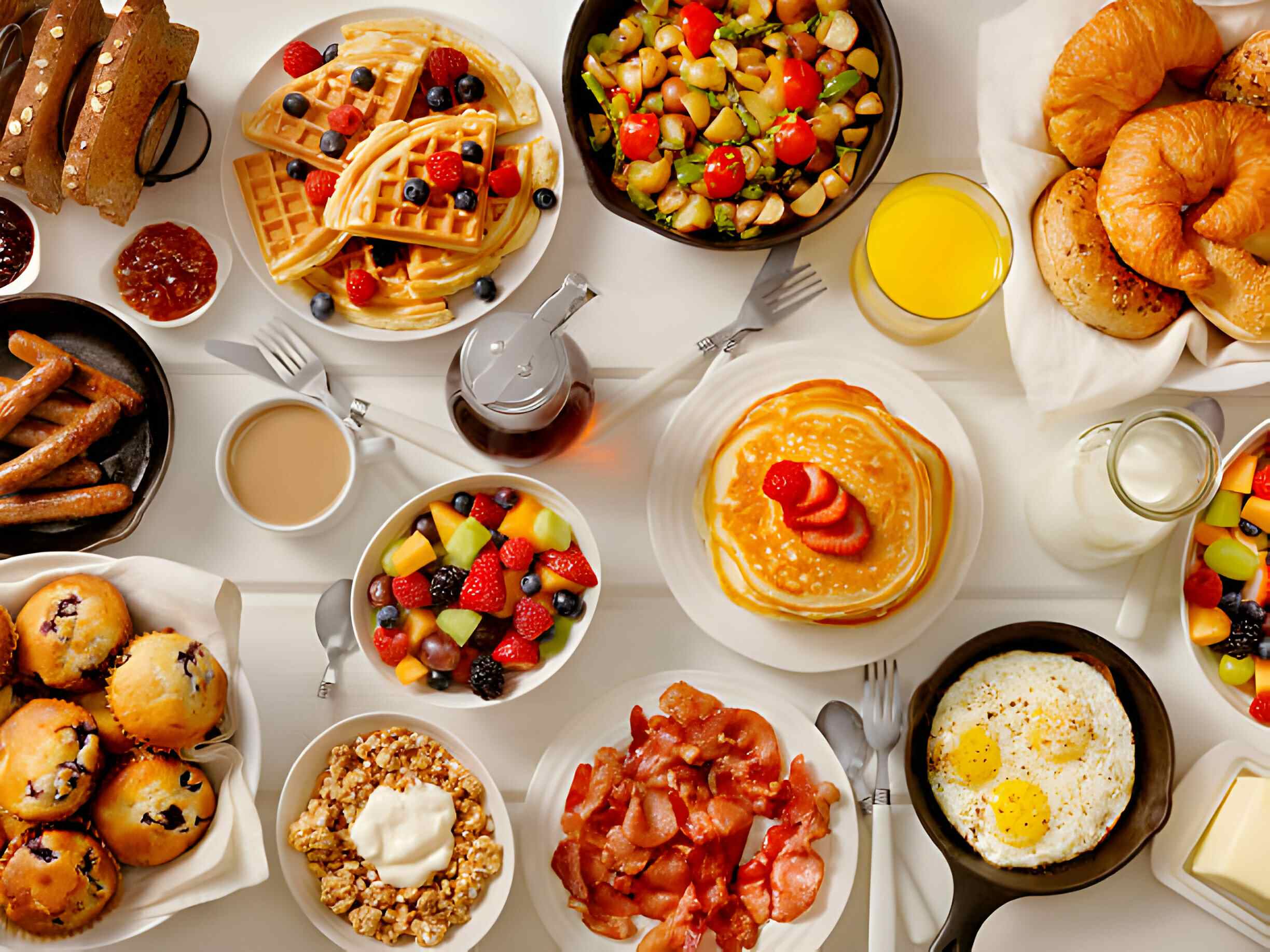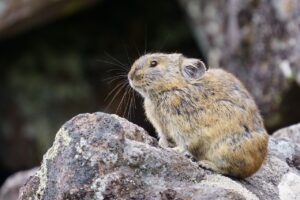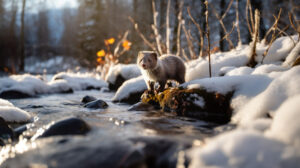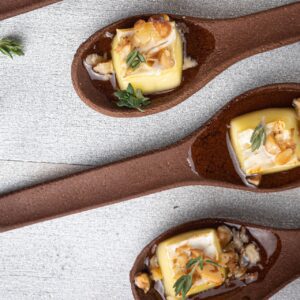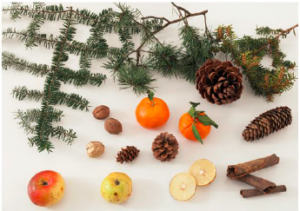 Pin
Pin Image by Daria from Pixabay
Sometimes, the smallest things in nature hold the most unexpected beauty. Bird eggs, for example, are often overlooked. They’re thought of as fragile and plain. But hidden in nests high above forests, in remote beaches, or deep inside tree holes, you’ll find eggs that could be displayed in an art gallery. Nature never tries to impress anyone, yet it ends up creating the most stunning things—without effort.
You’ll soon see just how each wonderful bird egg tells its own story. These aren’t just speckled or colored shells. They’re the start of life, wrapped in a design so precise, it makes you stop and feel something. Some look hand-painted. Others carry colors you don’t expect in the wild—sky blues, soft pinks, and even polished reds. These eggs aren’t just about science. They’re about beauty that speaks to us without words.
Let’s take a closer look at ten bird eggs that are simply unforgettable.
Table of Contents
1. The Robin’s Blue Egg: A Sky Trapped in a Shell
 Pin
Pin Photo by Ginger Jordan on Unsplash
The American Robin’s egg is like holding a tiny piece of the sky in your palm. Its blue isn’t loud. It’s soft and calming, like early morning light. This shade is so iconic, it’s even become a paint color: robin egg blue. But this isn’t just about looks—there’s meaning behind the beauty. Scientists believe the color helps regulate the egg’s temperature by balancing sunlight absorption. So it’s not just pretty. It’s practical.
What makes the robin’s egg emotionally powerful is how common yet special it feels. It’s something many people have seen in their backyard, tucked into a nest built above a porch light or hidden in a tree. And still, no matter how many times you see one, it surprises you. It has that rare mix of simplicity and magic.
It reminds us of renewal—of spring coming back, of life beginning again. You look at it and feel peace. In that single, smooth shell, you can sense nature’s quiet rhythm.
2. The Emu Egg: A Deep Green Wonder from Down Under
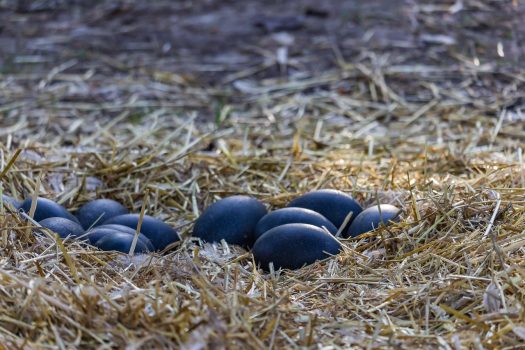 Pin
Pin Image by Ursula Schneider from Pixabay
The emu egg doesn’t whisper beauty—it declares it boldly. At first glance, it looks almost unreal. Deep green, sometimes nearly black, with a textured shell that feels ancient. It’s large, heavy, and full of character. Unlike the soft blues or whites of smaller birds, the emu’s egg carries a kind of quiet strength. It doesn’t blend in. It stands proud, as if carved from jade by nature’s own hands.
What’s striking is the way light interacts with the shell. In certain angles, it shimmers slightly. There’s depth in its color, almost like layered paint. But there’s no human touch involved here. This is pure nature—raw and unfiltered.
There’s something grounding about the emu egg. You feel its weight and it reminds you how life doesn’t always start fragile. Sometimes it begins strong, thick-shelled, and unshaken. In Australia’s wild landscape, this wonderful bird egg is a symbol of survival. It holds stories older than most species on earth. And it demands to be seen, not just noticed.
3. The Tinamou Egg: A Shimmer You Can’t Ignore
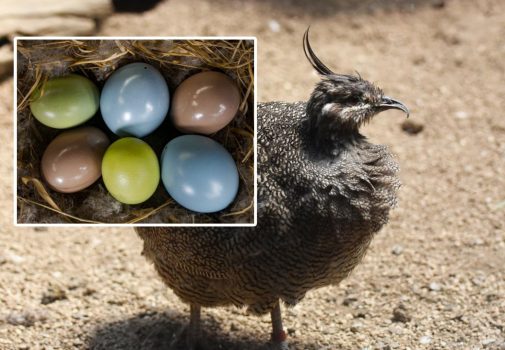 Pin
Pin Images from Twitter & Nat. Geo.
The tinamou egg looks like a hidden gem polished to perfection. Found in parts of Central and South America, this egg doesn’t just reflect light—it glows. Its surface is so smooth and glossy, it’s easy to mistake it for a piece of glazed ceramic. The color varies between metallic purples, greens, and even gold tones, depending on the species. But no matter the shade, the shine always leaves you stunned.
What makes the tinamou egg unforgettable isn’t just the color—it’s the feeling you get when you see something that shouldn’t look this perfect in the wild. There’s no rough edge. No flaw. Just a small, flawless shell sitting quietly in the undergrowth. It almost feels unreal, like nature is showing off a little.
There’s something emotional about it, too. The tinamou is a shy, ground-dwelling bird. It doesn’t fly high. It doesn’t call attention to itself. And yet, it produces one of the most visually striking eggs on earth. That contrast stays with you.
4. The Common Murre Egg: A Gravity-Defying Shape
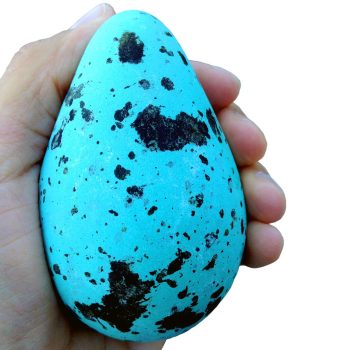 Pin
Pin Imageby @usfws
There’s beauty in what works. The common murre egg isn’t the flashiest in terms of color, but its shape alone will stop you. It’s sharply pointed on one end, almost like a spinning top. Why? Because these eggs are laid on narrow cliff ledges, often without a proper nest. If they get nudged, they don’t roll away—they spin in tight circles instead of falling. That’s not luck. That’s brilliant design.
The colors vary wildly—white, blue, green, covered in scribbles, speckles, or blotches. No two murre eggs look exactly the same, even in the same colony. Scientists believe this helps each parent recognize their own egg among thousands. But it also turns a colony into an accidental gallery of wild artwork.
It’s emotional in its own quiet way. These eggs survive in places that look dangerous. Wind howls. Waves crash below. And still, that one egg holds steady, perfectly shaped for a ledge that barely exists. You see one and you don’t just admire it—you respect it.
5. The Painted Buttonquail Egg: Nature’s Tiny Secret
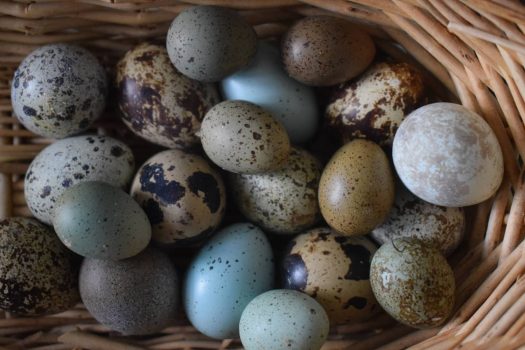 Pin
Pin Image by @skygirlfarm
Some eggs feel like they belong in storybooks—and the painted buttonquail egg is one of them. Found mostly in parts of Australia and Southeast Asia, this egg is small, delicate, and covered in earthy tones. It often has soft brown and olive green patterns, sometimes mixed with grayish specks that help it disappear into the leaf litter. It doesn’t try to stand out. But when you spot one, it feels like finding a hidden treasure.
There’s something deeply personal about this wonderful bird egg. It’s small and quiet, not meant to be put on display. Yet its details are so thoughtful, you can’t help but be drawn in. It feels like a secret nature whispers to those who look closely enough.
The female painted buttonquail lays these eggs in nests scraped from the ground, surrounded by dry grass and fallen leaves. And somehow, in that humble setting, something this beautiful appears. It’s a reminder that not all beauty screams for attention. Some of it waits patiently, hoping you’ll slow down and notice.
6. The Common Loon Egg: A Lonely Beauty by the Water
 Pin
Pin Image by @nationallooncenter
The common loon egg doesn’t shout for attention. It’s a muted olive or brown, often with dark smudges or spots. At first glance, it may seem plain—but there’s a haunting beauty in its simplicity. These eggs are laid near remote northern lakes, often just inches from the water’s edge, where the only sounds are wind and the loon’s eerie call echoing across the still surface.
This wonderful bird egg holds a feeling few others do—solitude. It sits quietly in the reeds, far from people, embraced by fog and silence. There’s a kind of poetry in that. The parents are cautious, often swimming silently nearby, always watching. It’s a life that starts in quiet places, surrounded by cold, misty mornings and the rhythm of water lapping against shore.
You don’t just look at a loon egg—you feel it. It reminds you that beauty isn’t always in color or shine. Sometimes, it’s in the quiet spaces of the world, where life still dares to begin, even in stillness.
7. The Killdeer Egg: Camouflage at Its Finest
 Pin
Pin Image by @goeddelgallery
The killdeer egg doesn’t shine. It doesn’t glow. But it tells one of the most emotional stories in the bird world. These eggs are speckled in tan, beige, and dark brown—perfectly designed to vanish into gravel, dirt, or open fields. You could walk right past a nest and never know it was there. And that’s exactly what the killdeer wants.
The real magic lies in how fiercely the parents protect these eggs. The killdeer is famous for its broken-wing act—flopping around, pretending to be injured, just to lure predators away. That performance, that desperation, shows how deeply this bird values what it has. The egg may not look like art, but the love behind it? That’s where the beauty is.
This wonderful bird egg blends into its surroundings so well, it feels like a miracle it ever survives. But it does—because of instinct, intelligence, and pure dedication. And somehow, seeing that simple speckled shell makes you feel something deeper about family, protection, and sacrifice.
8. The Cassowary Egg: Bold, Bumpy, and Unforgettable
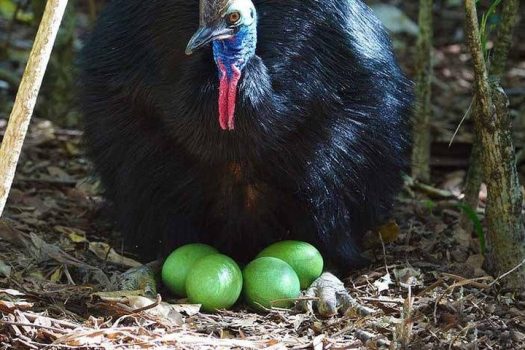 Pin
Pin Image from imgur,com
The cassowary egg looks prehistoric—like something you’d expect to find in a dinosaur nest. Found in the rainforests of New Guinea and northern Australia, this egg is a deep green with a rough, bumpy surface. It’s thick, heavy, and solid, almost like nature sculpted it from stone. You hold it and feel weight—not just physical, but symbolic.
There’s nothing delicate about the cassowary egg. It stands out in a world of soft, smooth shells. And that makes it unforgettable. The color alone feels wild and untamed. But what really hits you is the way this fierce bird, one of the most dangerous on earth, starts life in something that looks so still and silent.
Cassowary fathers are the caretakers here. They incubate the eggs, guard them fiercely, and raise the chicks. That contrast—between the egg’s armored look and the care it receives—is powerful. It’s a reminder that protection doesn’t always look soft. Sometimes, love shows up with sharp claws and strong legs.
This wonderful bird egg is all about strength, in every form.
9. The Eurasian Coot Egg: Speckled Simplicity with a Purpose
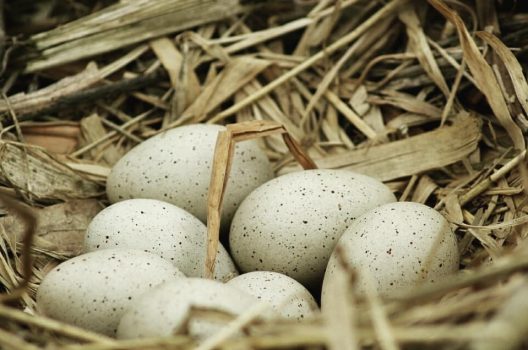 Pin
Pin Image by @ramon_damen_photography
The Eurasian coot egg might not catch your eye at first. It’s a soft gray or pale buff, covered in tiny dark speckles—subtle, grounded, and unpretentious. But there’s something peaceful about its look. It feels balanced. Familiar. Like a quiet reminder that beauty doesn’t always need to dazzle.
What makes the coot egg special is the way it’s laid—with care, in floating nests built on water. The parents craft these little islands using reeds, leaves, and sticks, often in the middle of lakes or slow-moving rivers. There, these eggs rest gently, bobbing with the rhythm of the water. It’s a simple sight, but one that sticks with you.
The speckles serve a purpose—they blend in with the nest’s surroundings, protecting the eggs from predators. Yet they also give each egg its own quiet charm. It’s a small piece of nature that doesn’t try to impress but ends up doing so anyway. This wonderful bird egg carries a calm energy, like the still surface of a lake before dawn.
10. The Black Oystercatcher Egg: Coastal Beauty with Edge
 Pin
Pin Image by @rafaeldavidmartig
Laid on rocky shorelines where waves crash and winds howl, the black oystercatcher egg is a survivor. Its base is usually sandy or buff-colored, overlaid with jagged dark streaks and blotches that mimic pebbles, seaweed, and sand. It doesn’t just sit in the environment—it becomes part of it. That camouflage is so effective, you could stare right at it and still miss it.
But once you see it, really see it, there’s a quiet awe that follows. It’s beautiful in a rough, wild kind of way. There’s no softness here—just raw coastal energy captured in a shell. And in that harsh landscape, the egg feels defiant. It shouldn’t survive storms, predators, and shifting tides—but it does.
What makes this wonderful bird egg emotional isn’t just its appearance. It’s the resilience it represents. A fragile life tucked into the harshest corners of nature. It says something about persistence, about the will to carry on even when the odds look bad. And that kind of beauty stays with you long after you leave the coast.
Conclusion
Not every breathtaking thing in nature comes with feathers, songs, or wings. Sometimes, it’s the quiet ones—the still, fragile shells tucked away in leaves, cliffs, or sand—that leave the deepest mark. These wonderful bird eggs don’t just carry life. They carry stories, emotions, and silent beauty that speaks directly to the heart.
Each egg on this list tells more than a biological tale. They show how nature expresses itself in a language we don’t always stop to notice. A deep green cassowary egg resting in the shadows of a rainforest. A glossy tinamou egg glowing under filtered sunlight. A speckled killdeer egg defended with fierce devotion. These aren’t random acts of color or shape—they’re part of something ancient, something purposeful, and deeply moving.
It’s easy to scroll past a headline like “Top 10 Stunning and Wonderful Bird Eggs You Must See.” But when you take the time to actually look—really look—you realize: beauty isn’t always loud. Sometimes, it just waits quietly, inside a shell.
FAQs
Bird eggs vary in color and shape for survival. Some colors help with camouflage, while others regulate temperature. Shapes—like pointed murre eggs—can prevent rolling off cliffs. Each egg is designed by nature to suit where it’s laid and how it’s protected.
Beauty is subjective, but many nature lovers consider the tinamou egg one of the most stunning. With its glossy, jewel-like finish and rich metallic colors, it looks more like art than something found in a forest.
Yes and no. Bright colors can attract predators, but many birds balance beauty with smart nesting. Some eggs are hidden deep in forests or camouflaged with speckles, while others—like robin eggs—rely on the nest’s location for safety.
The cassowary and emu are two large birds known for their green eggs. Cassowary eggs are especially vivid—deep green with a textured shell—making them look like something from another world.
Absolutely. In species like the common murre, each egg is uniquely marked. The variety in color and pattern helps parents identify their own egg among thousands. It’s nature’s way of tagging without technology.
